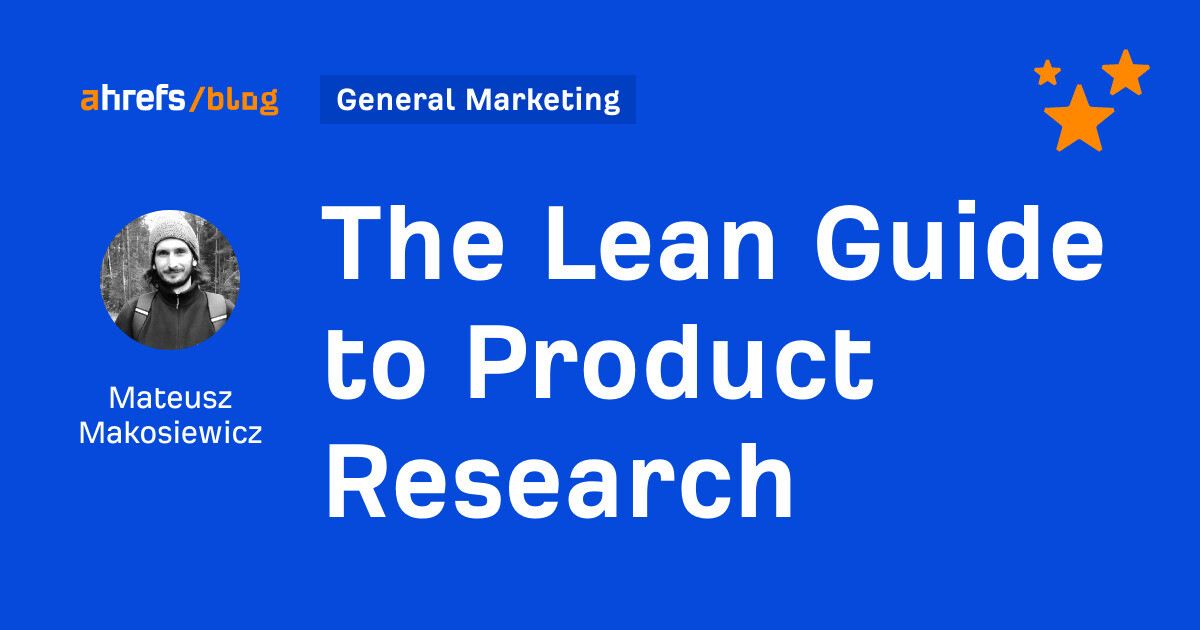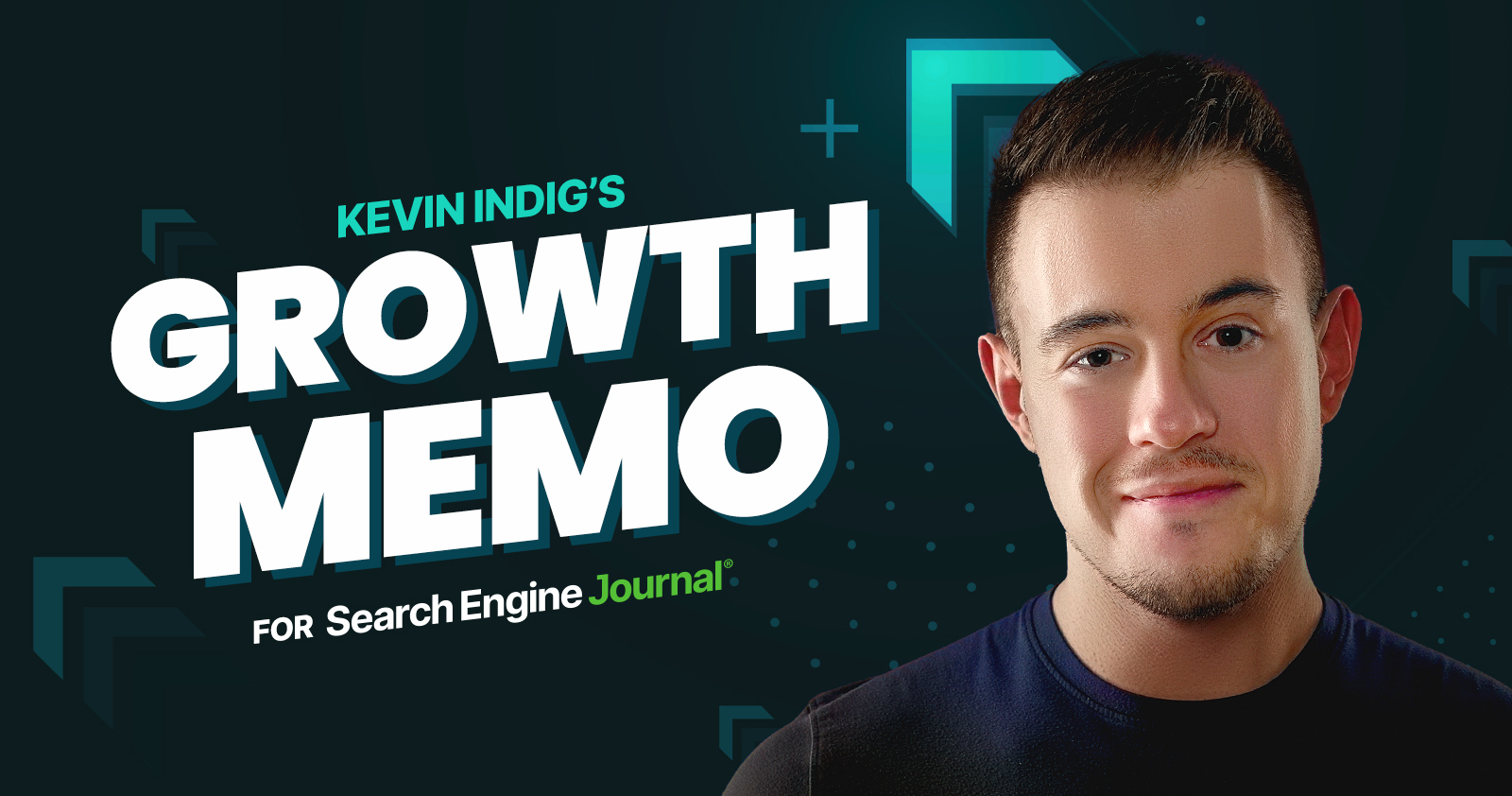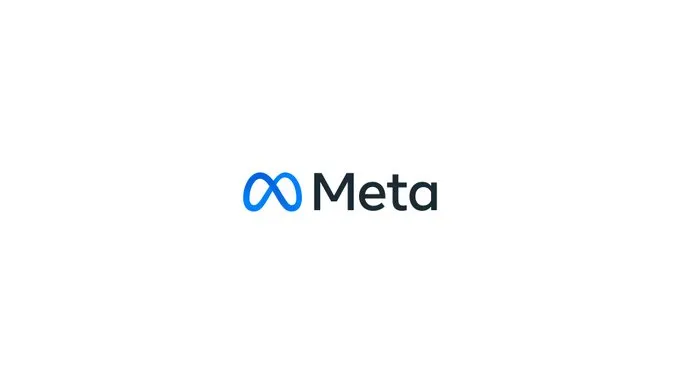From Coffee Shop Hiccups to Usage-Based Glitches: Accelerate Payments, Stop Revenue Leakage, and Unlock Growth in the Usage Economy
Everyone knows that the world has moved beyond traditional SaaS subscription models into usage-based billing, pay-as-you-go plans, and seamless self-serve customer journeys. Whether it’s a neighborhood coffee shop struggling with delayed payments or a fast-growing SaaS platform facing disputes...

Everyone knows that the world has moved beyond traditional SaaS subscription models into usage-based billing, pay-as-you-go plans, and seamless self-serve customer journeys. Whether it’s a neighborhood coffee shop struggling with delayed payments or a fast-growing SaaS platform facing disputes over overage charges, one thing is clear: every day you wait on payments is working capital tied up, growth opportunities slipping through your fingers, and customer confidence eroding.
I’ve seen this evolution firsthand across companies like ForgeRock, Samsara, Fivetran, Airtable and Wasabi technologies, where usage-based billing models, self-service portals, and dynamic pricing became the new standard. At ForgeRock, I replaced a legacy pricing engine with Salesforce CPQ to handle usage-based pricing and automated proration for changing contracts. At Samsara and Fivetran, I led PLG automation initiatives, creating self-serve upgrade paths that gave customers full control while driving revenue growth. These experiences taught me that in the usage economy, billing isn’t just a back-office function; it’s the backbone of growth.
Map the Current State, Then Productize the Entire Journey
The first step is to map your current order-to-cash journey, documenting every handoff, system touchpoint, and the average time it takes to resolve issues such as usage overages or invoice disputes. In usage-based billing models, transparency and accuracy become even more critical, as minor errors can snowball into disputes and revenue leakage.
From there, productize your feature mapping across the entire revenue lifecycle, including quoting, usage tracking, payment terms (such as self-serve and pay-as-you-go), tax compliance, revenue recognition, and flexible renewals or amendments. For instance, at Samsara, I rewrote CPQ logic to handle real-time quoting for usage-based plans, eliminating errors and empowering sales to close deals faster.
Strategies for Redesigning Pricing and Billing Systems in the Usage Economy
Centralized Pricing and Usage Data: Today’s usage-based models demand a single source of truth, not just for pricing tiers and discounts, but for real-time usage data.Implementation Tips:
Use a platform like Salesforce CPQ or Chargebee to consolidate pricing and usage rules.Ensure usage data streams directly into billing and revenue recognition engines.Automate data governance reviews to catch discrepancies early.Enforce Validation at Entry: Accurate quotes in a usage economy are critical. Incomplete data, like missing usage metrics or billing terms, can create delays and customer disputes. At Samsara, I implemented automated validations and discount approvals in Salesforce CPQ, eliminating manual corrections and keeping the pipeline moving.Implementation Tips:
Configure CPQ rules to block incomplete or misaligned usage entries.Build real-time error alerts so reps can fix issues before they snowball.Collaborate with finance to ensure rules meet compliance and revenue policies.Automate Proration and Amendments: Usage-based billing is dynamic; customers upgrade, downgrade, or add features mid-term. Automating proration ensures accurate charges for every change. When ForgeRock implemented Salesforce CPQ it allowed for seamless mid-term amendments and usage-driven renewals, reducing revenue leakage and driving predictable cash flow.Implementation Tips:
Use a billing tool that supports usage-based proration automatically.Define clear amendment and credit memo policies that align with your usage model.Train teams on how amendments flow into revenue recognition.Enable Self-Service Billing and Usage Management: Customers expect self-serve billing for usage-based products, viewing usage in real time, updating payment methods, and upgrading as needs evolve.Implementation Tips:
Integrate usage data into customer-facing portals.Use Gen AI-powered assistants to guide customers through usage and billing FAQs.Offer real-time usage alerts to keep customers informed and engaged.Streamline Dispute Resolution: With usage-based billing, disputes often stem from perceived overage errors or unclear charges.Implementation Tips:
Create structured escalation paths and SLAs for disputes.Use AI tools to analyze dispute trends and identify root causes.Leverage Gen AI to summarize dispute cases for faster decision-making.My Vision for the Future
Across companies like Riverbed,ForgeRock, Samsara, Airtable,and Fivetran, I’ve seen that successful revenue operations are built on data, automation, and continuous improvement. My work has always been about laying the foundation. With Gen AI and Agentic AI, the next step is turning these data-rich systems into predictive, self-optimizing engines that unlock even more growth.
Optimizing order-to-cash processes and embracing usage-based billing are no longer optional for companies in today’s market; they’re your edge in the usage economy. My experience implementing these strategies across industries has shown me that when you align billing, usage, and customer experience under a single intelligent framework, you unlock faster payments, stronger relationships, and scalable growth.
Start today by mapping your current processes, embracing modern usage-based frameworks, and exploring how AI can turn your revenue operations into a competitive advantage. These are the strategies tested in the real world that will help you scale with confidence.

 Hollif
Hollif 






























